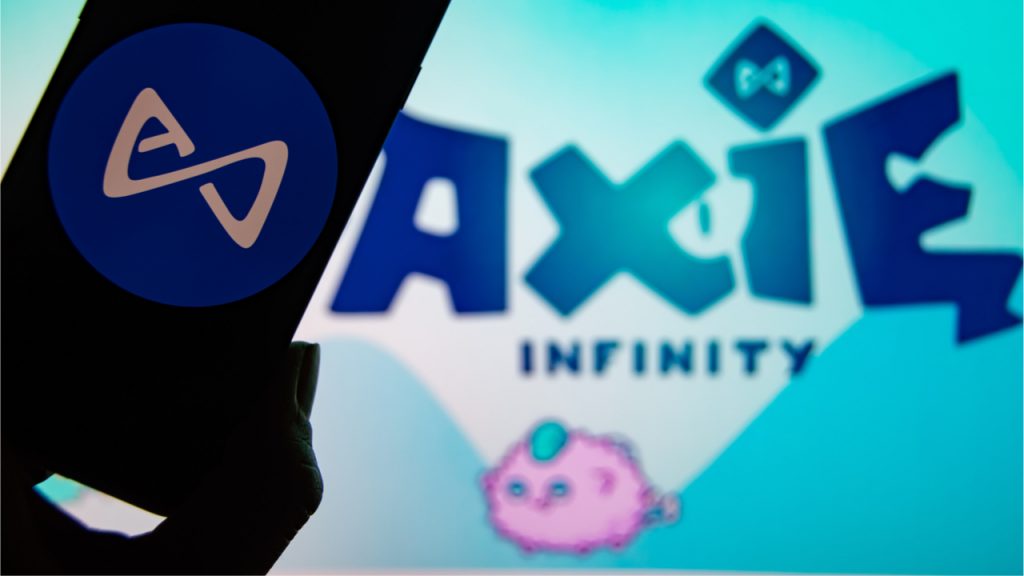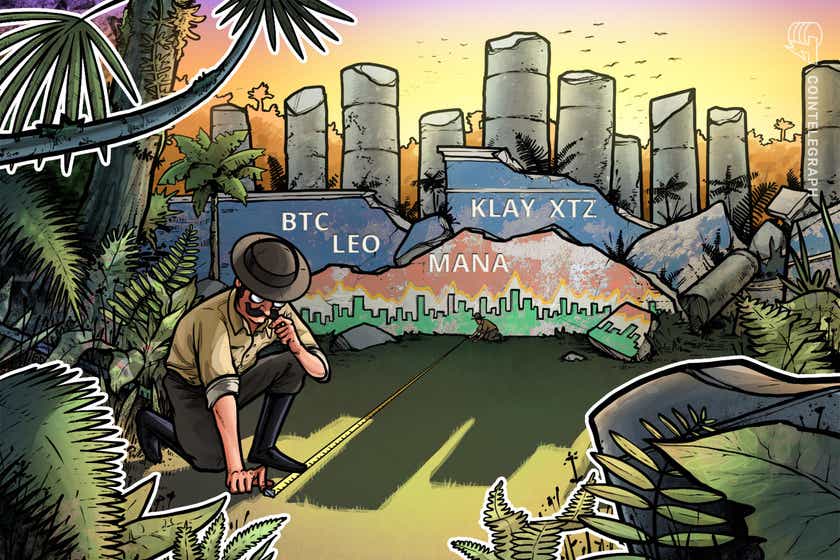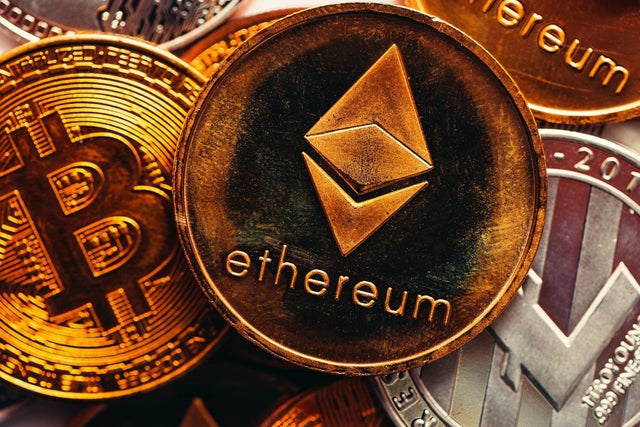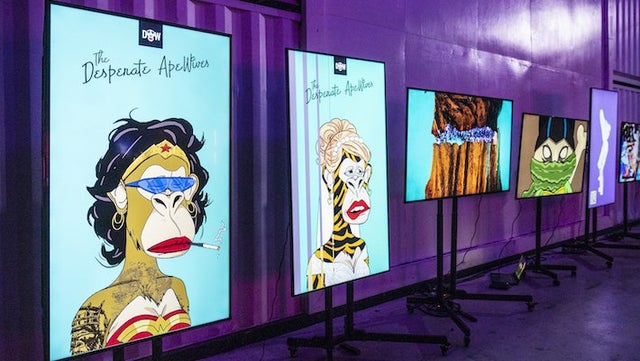Kaww.io’s new infrastructure!
Just wrote a blog post about the new infrastructure we're migrating to, to further grow our pool into a global presence! https://www.cryptobullsh.com/2022/02/kaww-io-new-infrastructure/ submitted by /u/CryptoBullsh [link] [comments]





